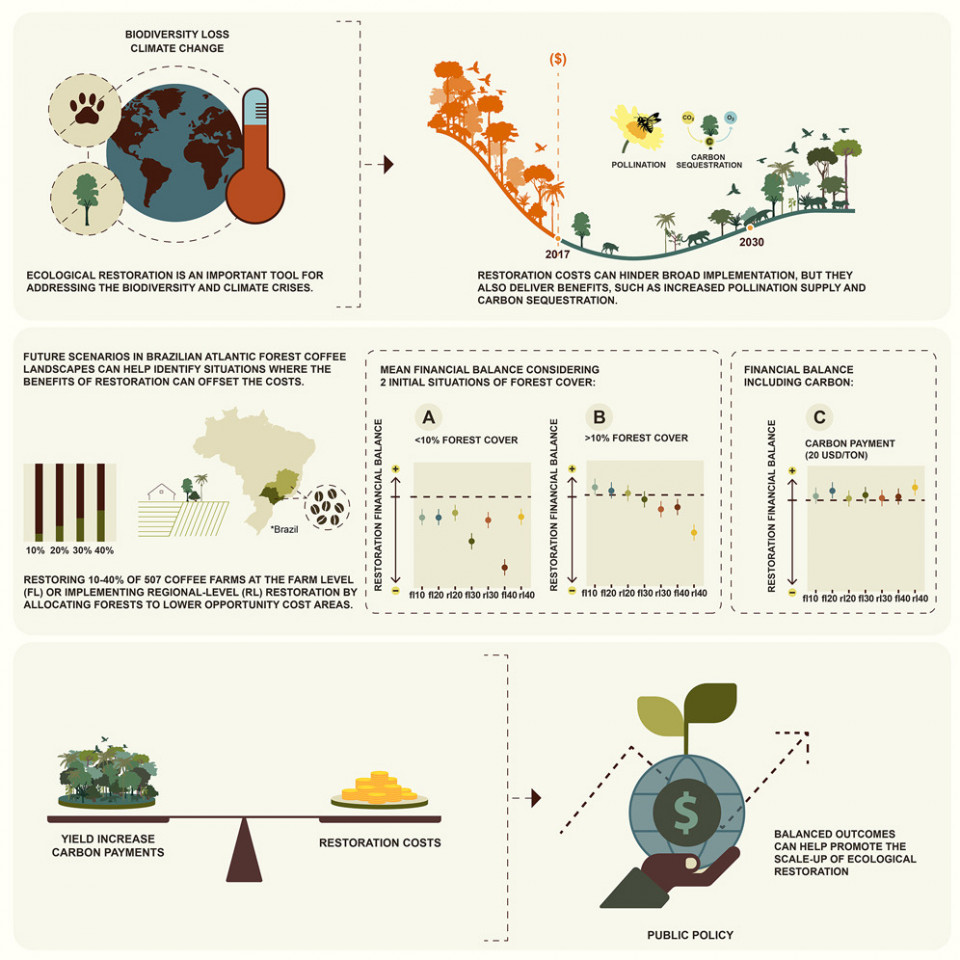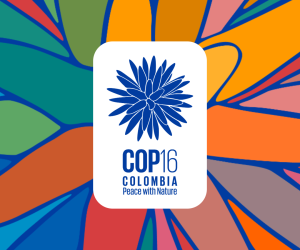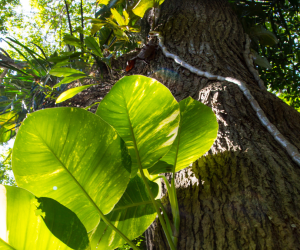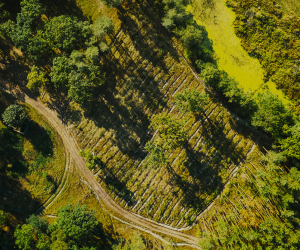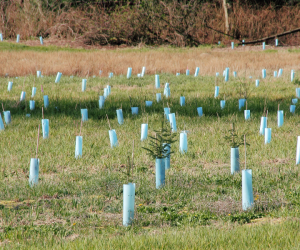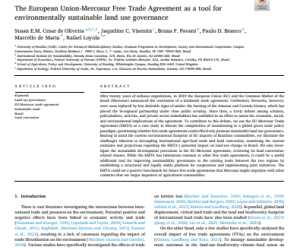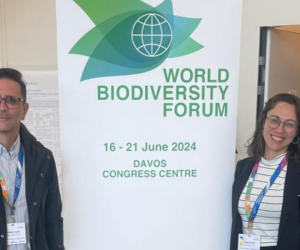Publications > Article
Yield increases mediated by pollination and carbon payments can offset restoration costs in coffee landscapes
For this study, it was developed restoration scenarios and estimated their financial outcomes to understand conditions where coffee yield and carbon-credit-derived restoration benefits compensate restoration costs in the Brazilian Atlantic Forest hotspot.
Habitat loss and climate change threaten biodiversity globally, but achieving ambitious restoration targets can greatly reduce species extinction risk and simultaneously improve biodiversity conservation and human well-being. Many countries have made ambitious commitments as part of the United Nations (UN) decade on restoration, including to restore 350 Mha of degraded land by 2030 under the Bonn Challenge. Given that most degraded ecosystems are located within agricultural landscapes, restoration within agricultural areas will be a key part of achieving targets while addressing the global issues of habitat loss and climate change.
However, restoration commitments face important implementation challenges. One of the major obstacles to balancing ecological, economic, and social interests is the high cost of restoration. These costs include direct restoration costs (e.g., for planting or site preparation), as well as protection costs and opportunity costs of forgone production. Recent work has highlighted that these costs can act as a major financial barrier to the wide-scale adoption of restoration. Nevertheless, restoration of natural habitat on farmland can also deliver ecosystem service and yield benefits, e.g., via enhanced natural crop pollination and pest control. Restoration can also deliver large carbon benefits. Tropical secondary forests in the process of restoration could sequester an average of 3.05 tons of carbon ha−1 year−1 from the atmosphere over 20 years. Carbon sequestration and storage is a critical regulation service that benefits people globally and can be traded in carbon markets, helping to compensate for restoration costs.
In the context of ecological restoration, Brazil emerges as a pivotal player, home to globally iconic biomes such as the Brazilian Atlantic Forest, a restoration hotspot. Additionally, Brazil stands out as one of the world’s foremost producers and exporters of coffee, a top 20 globally traded commodity. Ecological restoration can potentially benefit coffee production substantially. Several studies have demonstrated the importance of landscape native vegetation cover and the proximity between coffee fields and natural areas in modulating the flows of pollinators and natural pest controllers, which can increase coffee yield by 10%–30%. Restoration commitments in Brazil are guided by a legal obligation dictated by the Native Vegetation Protection Law (Law 12.651/2012), which drives and enforces where and how much native vegetation should be conserved, managed, or restored within farms. All rural properties within the Atlantic Forest must have a minimum of 20% of the area set aside as natural vegetation. This is composed of Areas of Permanent Protection (APPs), whose location is defined by legislation (environmentally sensitive areas, such as riparian areas, hilltops, and steep slopes) and Legal Reserves, which are allocated by landowners to achieve the minimum set-aside target of 20%. Farmers who do not have the mandatory area covered with natural vegetation must restore it within 20 years or, in the case of Legal Reserves, compensate vegetation deficits on their own properties by trading with landowners with Legal Reserves surpluses. The spatial information concerning farm boundaries and set-aside areas is uploaded to an environmental rural register platform named CAR (a Portuguese acronym), a public-access database.
Despite the evidence on the economic benefits, to our knowledge, few studies have incorporated the benefits of restoration in farmlands into cost analyses, nor have they explored the situations under which these benefits may prove substantial enough to overcome costs. Once the effects of restoration on yield and farm income can offset at least partially restoration costs, understanding the factors that play a role in this cost/benefit balance is key to informing landowners and supporting decision making and agri-environmental policies.
Here, we explore how much, and under which conditions, benefits from ecological restoration can offset costs in Brazilian coffee systems in the Brazilian Atlantic Forest hotspot. For this, we developed a set of scenarios with different on-farm restoration targets and calculated a detailed estimation of their financial consequences to understand how and when the costs of ecological restoration might be compensated by restoration-derived yield benefits and carbon credits. We considered restoration as the conversion of anthropic land uses to forest in selected areas. Importantly, as in our study region forests represent 100% of the native vegetation, the only option for meeting restoration targets is restoring forested areas. We found that restoration costs can be balanced by an increase in coffee yield, mediated by the increase in forest cover and pollination benefits when farms already had at least 10% forest cover at the beginning of the restoration process and the final forest cover after restoration did not surpass 25% forest cover. Besides, a CO2 payment of USD 20/ton would enhance the positive financial balance. Our work can provide guidance for identifying circumstances where restoration benefits can outstrip costs, helping to promote restoration within agricultural landscapes.
